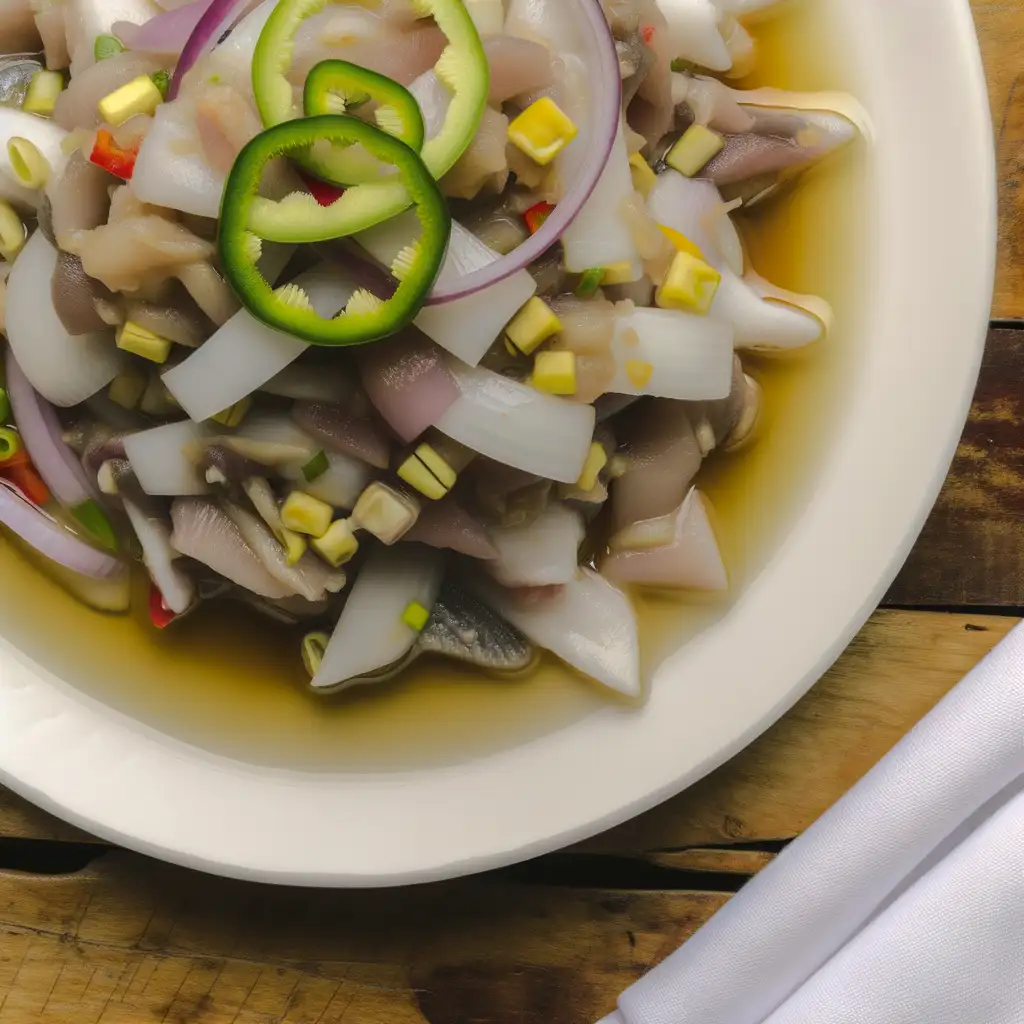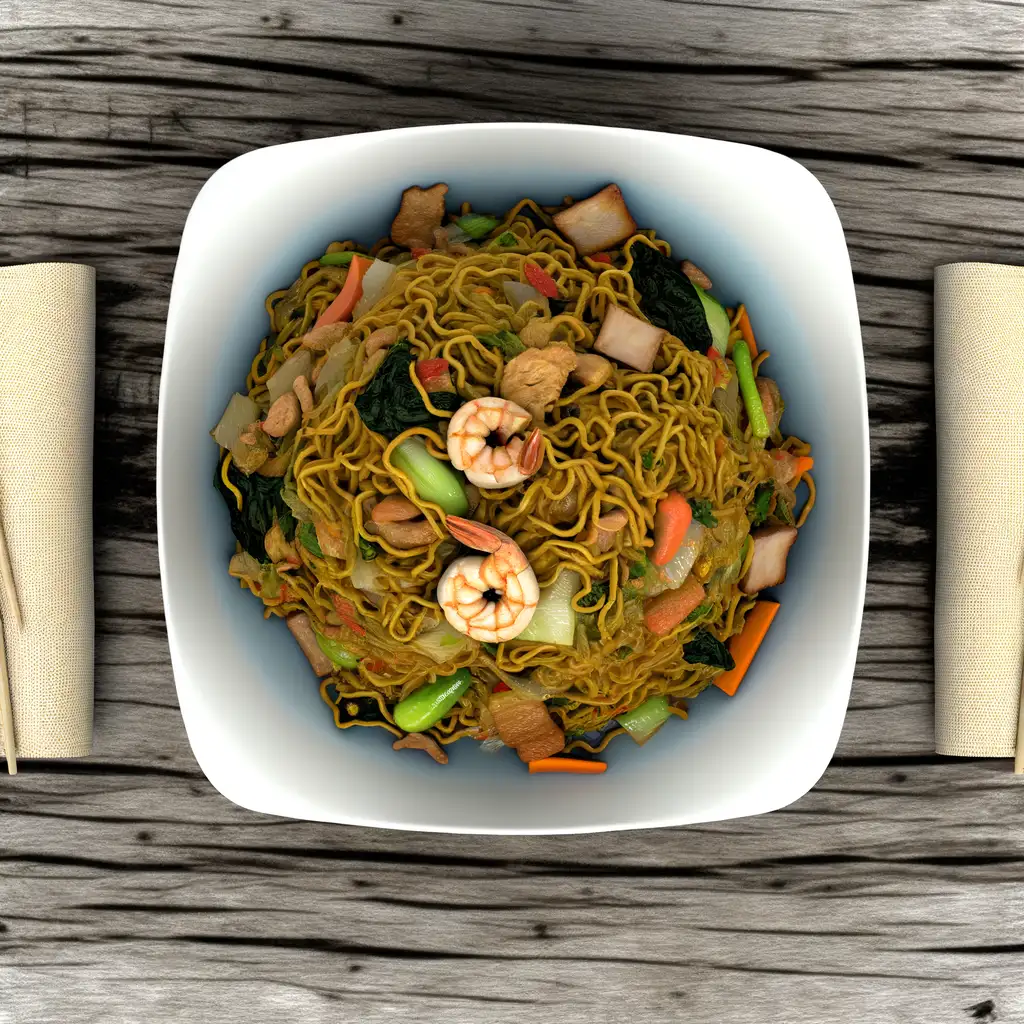


If you ever find yourself craving a place where the rhythm of life slows down just enough to savor every moment,Mambajao in the Philippines is where you want to be. The town has this warm,inviting vibe that wraps around you like a soft breeze carrying the scent of tropical flowers and salty sea air. Walking through its streets,you’ll hear the gentle chatter of locals mixed with the distant hum of jeepneys and the occasional laughter of children playing nearby. It’s a place where tradition and everyday life blend seamlessly,giving you a genuine glimpse into the heart of Mindanao’s culture. What really makes Mambajao stand out is its stunning natural backdrop. Imagine waking up to the sight of lush,green mountains rolling into the horizon,with the occasional burst of color from vibrant market stalls selling fresh fruits and handmade crafts. The taste of freshly grilled seafood,seasoned with local spices,lingers in the air,tempting you to try every dish. There’s a comforting simplicity here—people who greet you with genuine smiles,festivals that light up the town with music and dance,and quiet spots where you can just sit and watch the world go by. Visiting Mambajao feels like stepping into a story where every corner has a tale to tell,from the historic churches to the lively town plaza. It’s not just a destination; it’s a feeling of belonging,a place that invites you to slow down,breathe deeply,and soak in the rich tapestry of life that pulses through its streets.
The information on this page is currently being reviewed by Tripkliq and should be used as a guide only
Eng word: Hello
Eng pronunciation: Hello
Local language: Hello
Eng word: Goodbye
Eng pronunciation: Pah-ah-lahm
Local language: Paalam
Eng word: Thank you
Eng pronunciation: Sah-lah-maht
Local language: Salamat
Eng word: How much
Eng pronunciation: Tag-pee-lah
Local language: Tagpila
Eng word: Toilet
Eng pronunciation: Kah-sil-yas
Local language: Kasilyas
Eng word: Help me
Eng pronunciation: Tah-bahng-ee koh
Local language: Tabangi ko
Eng word: Yes
Eng pronunciation: Oh-oh
Local language: Oo
Eng word: No
Eng pronunciation: Dee-lee
Local language: Dili
Eng word: Excuse me
Eng pronunciation: Pah-sigh-loh-ah koh
Local language: Pasayloa ko
Mambajao is the capital town of Camiguin, a small island province in the Philippines. It has been the center of governance, commerce, and culture in the province since its establishment.
Mambajao was established as a municipality during the Spanish colonial period in the 1850s. The town's name is derived from the Visayan word 'bajao,' which means 'to fish,' reflecting its early settlers' livelihood.
The ruins of the old Mambajao Church, destroyed during the volcanic eruption of Mount Vulcan in the 1870s, serve as a reminder of the town's resilience and rich history.
Mambajao is home to Mount Hibok-Hibok, an active volcano that erupted in 1951. The eruption reshaped the town and the island, but the community rebuilt and thrived, showcasing their resilience.
Mambajao is famous for its Lanzones Festival, celebrated every October. This festival honors the lanzones fruit, which is abundant in the area, and highlights the town's agricultural heritage.
The town is dotted with well-preserved ancestral houses that showcase Spanish and American-era architecture, offering a glimpse into the town's colonial past.
Mambajao is considered the birthplace of tourism in Camiguin, with its natural attractions like White Island and Katibawasan Falls drawing visitors from around the world.
The Mambajao Municipal Hall, built during the American colonial period, stands as a symbol of the town's governance and historical significance.
During World War II, Mambajao served as a strategic location for Filipino guerrilla fighters. The town played a role in the resistance against Japanese occupation.
In Mambajao, the most common Power Adaptor is Type A, Type B.



A sour soup made with tamarind, tomatoes, and various meats or seafood, known for its refreshing and tangy flavor.

A popular Filipino dessert made with crushed ice, sweetened fruits, jellies, and topped with leche flan and ube ice cream.

A traditional Filipino dish made from fresh raw fish marinated in vinegar, citrus juices, and spices, often served as an appetizer.

A stir-fried noodle dish that comes in various forms, often mixed with vegetables, meat, and seafood, representing the local culinary tradition.

A spicy dish made from pork cooked in coconut milk with chili peppers, originating from the Bicol region but popular in many parts of the Philippines.

Grilled fish, typically marinated in a mixture of soy sauce, calamansi, and spices, showcasing the fresh seafood available in the region.

A spicy dish made from dried taro leaves cooked in coconut milk, often flavored with chili and shrimp or pork.
Imagine stepping into a place where history hums through the streets and the ocean breeze carries the scent of salty adventure—that’s Cebu City for you. The moment you arrive,there’s this lively energy that wraps around you,a mix of old-world charm and modern buzz. You’ll find yourself wandering through colorful markets where the chatter of vendors blends with the aroma of freshly grilled street food—think sweet,smoky lechon sizzling over coals,tempting you at every corner.
Cebu’s character is a beautiful blend of the past and present. Ancient Spanish forts and centuries-old churches stand proudly alongside sleek cafes and vibrant street art. The city pulses with warmth,not just from the tropical sun but from the people who greet you with genuine smiles and stories. At night,the streets light up with music and laughter,and you can almost taste the festive spirit in the air.
What really makes Cebu unforgettable is how it feels alive in every sense. You can hear the waves crashing nearby,see the colorful jeepneys weaving through traffic,smell the tropical fruits at the market,and feel the warmth of the sun on your skin as you explore. It’s a place where culture,history,and everyday life blend seamlessly,inviting you to dive in and experience its vibrant soul firsthand.
If you ever find yourself wandering through the heart of Bohol,Tagbilaran City greets you with a warm,unhurried rhythm that feels like a gentle hug after a long journey. The city hums with life—not the overwhelming buzz of a metropolis,but a lively,welcoming energy where jeepneys rattle by and street vendors call out their fresh fruit and local snacks. As you stroll along the waterfront,the salty breeze carries the faint scent of grilled seafood mingling with tropical flowers,inviting you to slow down and savor the moment.
Tagbilaran’s charm lies in its blend of old and new. You’ll catch glimpses of Spanish-era churches standing proudly beside colorful markets where locals barter over ripe mangoes and sticky rice treats. The city’s pulse is deeply tied to its people—friendly,easygoing,and proud of their heritage. At night,the streets light up with laughter and music spilling from small eateries where you can taste the rich flavors of Boholano cuisine,like the sweet,tender kalamay or freshly caught fish cooked with coconut milk.
What really stays with you is the city’s sense of community and its connection to the sea. Whether you’re watching fishermen haul in their catch at dawn or joining a lively fiesta,Tagbilaran feels like a place where stories are shared over steaming cups of coffee and where every corner invites you to discover a new layer of its soul. It’s not just a stopover—it’s a place that quietly pulls you in and makes you want to stay a little longer.
If you ever find yourself craving a place where history hums softly alongside the buzz of everyday life,Iloilo City is where you want to be. The moment you step into its streets,there’s this warm,inviting energy—like the city is gently nudging you to slow down and savor its stories. You’ll notice the colonial-era buildings standing proudly beside modern cafes,their facades telling tales of centuries past. The air carries a subtle mix of salty sea breeze and the sweet aroma of freshly baked pan de sal,making every morning feel like a comforting embrace.
Walking through Iloilo,you’ll hear the lively chatter of locals,the clinking of glasses in cozy eateries,and the distant strum of guitars from street performers. The city’s character shines brightest in its festivals,especially the Dinagyang,where vibrant costumes and rhythmic drums fill the streets with infectious joy. But even on quieter days,the genuine smiles of Ilonggos and their easygoing hospitality make you feel like you’ve found a second home.
And then there’s the food—oh,the food! From the rich,savory batchoy served steaming hot in humble noodle shops to the sweet,creamy taste of fresh mangoes,every bite is a celebration of local flavors. Iloilo isn’t just a place to visit; it’s a place to experience,where every corner invites you to pause,breathe,and fall a little in love with its soul.
If you ever find yourself craving a place where nature’s calm meets a laid-back island spirit,Puerto Princesa is where you want to be. The moment you step off the plane,there’s this warm,salty breeze that wraps around you,carrying the faint scent of the sea and tropical blooms. It’s a city that doesn’t rush — people move with a gentle rhythm,and the streets hum softly with the chatter of locals and the occasional strum of a guitar from a nearby café. It feels like a breath of fresh air,both literally and figuratively.
What really makes Puerto Princesa stand out is its deep connection to nature. The famous Underground River is just the beginning — lush mangroves,crystal-clear waters,and vibrant coral reefs surround the city,inviting you to explore. You can hear the calls of exotic birds in the morning and watch fishermen bring in their catch as the sun dips low,painting the sky in shades of pink and orange. The food scene here is a delightful surprise too — fresh seafood grilled right on the beach,sweet tropical fruits bursting with flavor,and local dishes that tell stories of the sea and the land.
But beyond the sights and tastes,it’s the people who make Puerto Princesa unforgettable. Their warmth and genuine smiles make you feel like you’re not just visiting,but truly welcomed. Whether you’re wandering through the bustling market or sharing a laugh with a vendor,there’s a sense of community that lingers long after you leave. It’s a place that invites you to slow down,soak in the simple joys,and leave with a heart full of stories.
If you ever find yourself craving a place where vibrant city life meets the gentle embrace of nature,Davao City is where you want to be. The moment you step off the plane,there’s this warm,welcoming energy that wraps around you—like the city itself is inviting you to slow down and savor every moment. The air carries a subtle mix of tropical blooms and the faint,salty hint of the nearby sea,while the streets buzz with a friendly hum of jeepneys and chatter in a melody of languages.
Walking through Davao,you’ll notice how the city wears its culture proudly. From the colorful street markets where vendors call out their fresh fruits and local delicacies,to the intricate weaves and crafts that tell stories of indigenous tribes,there’s a deep respect for heritage here. And the food? Oh,the food! Imagine biting into a juicy durian (if you’re brave enough),or savoring grilled tuna so fresh it practically melts in your mouth,all while sipping on a sweet,refreshing calamansi juice.
What really sets Davao apart is its balance—towering mountains and lush parks sit just a short drive from bustling urban spots. You can spend your morning hiking up Mount Apo,the Philippines’ highest peak,then wind down with a stroll along the riverwalk as the sun dips low,painting the sky in shades of orange and pink. It’s a city that feels alive but never rushed,where every corner invites you to explore,taste,and connect.
If you ever find yourself dreaming of a place where the sea feels like a warm embrace and the air carries the scent of salt and tropical blooms,El Nido is that kind of magic. From the moment you step off the boat or wander through its laid-back streets,there’s this undeniable calm mixed with a spark of adventure. The limestone cliffs rise dramatically from turquoise waters,creating a playground of hidden lagoons and secret beaches that seem almost too beautiful to be real. You’ll hear the gentle lapping of waves,the distant chatter of fishermen,and the occasional call of tropical birds,all blending into a soothing soundtrack that makes you want to slow down and just breathe it all in.
The town itself pulses with a warm,welcoming energy. Locals greet you with genuine smiles,and the small cafes and eateries invite you to savor fresh seafood grilled right in front of you,bursting with flavors that tell stories of the sea. At night,the sky turns a deep velvet,and the stars feel close enough to touch,while the soft hum of acoustic guitars drifts from beach bars. It’s a place where time seems to stretch,letting you lose yourself in the rhythm of island life.
What makes El Nido truly special is how it balances raw natural beauty with a vibrant,heartfelt culture. Whether you’re kayaking through crystal-clear waters,hiking up to panoramic viewpoints,or simply sipping a cold drink while watching the sunset paint the sky in fiery hues,El Nido invites you to connect—with nature,with people,and with a sense of wonder that stays with you long after you leave.
Tourists may be lured into paying deposits for accommodations that either do not exist or are significantly different from what was advertised online.
Scammers may set up fake checkpoints or booths near popular tourist spots, charging tourists bogus entrance fees for access to areas that are actually free or have lower official fees.
Unlicensed money changers may offer poor exchange rates or shortchange tourists during currency exchanges.
Vendors may sell counterfeit or low-quality souvenirs, claiming they are authentic local products, and charge inflated prices.
Unlicensed individuals may pose as tour guides and offer subpar services or incomplete tours, charging tourists higher fees than legitimate guides.
Some motorbike rental operators may falsely claim that tourists caused damage to the vehicle and demand excessive repair fees, even if the damage was pre-existing.
Some tricycle or motorcycle drivers may overcharge tourists, especially if they are unfamiliar with the standard rates for rides around Mambajao or Camiguin Island.
The Philippines has strict anti-drug laws under the Comprehensive Dangerous Drugs Act of 2002 (RA 9165). Possession, use, or trafficking of illegal drugs is severely punished, with penalties ranging from long prison sentences to life imprisonment or even the death penalty (though the death penalty is currently suspended). Tourists should avoid any involvement with illegal drugs and be cautious about carrying prescription medications, ensuring they have proper documentation.
Smoking in public places in Mambajao, Philippines, is regulated under the nationwide Tobacco Regulation Act (RA 9211). Smoking is prohibited in enclosed public spaces, workplaces, public transport, and other designated non-smoking areas. Violators may face fines or penalties. Tourists should look for designated smoking areas and avoid smoking in prohibited zones.
Vaping is subject to similar regulations as smoking under RA 9211 and Executive Order No. 26, which enforces a nationwide smoking ban in public places. Vaping is prohibited in enclosed public spaces, workplaces, and public transport. Tourists should use vaping devices only in designated areas to avoid fines or penalties.
What are other people saying about Mambajao?
Recent Social posts about Mambajao
There is nothing to show you for now.